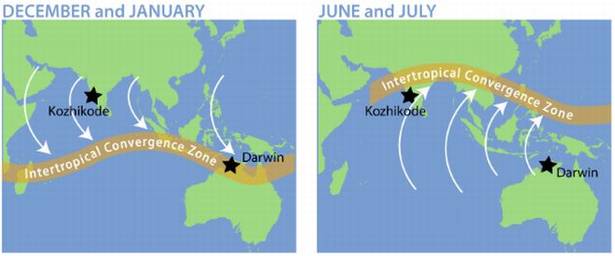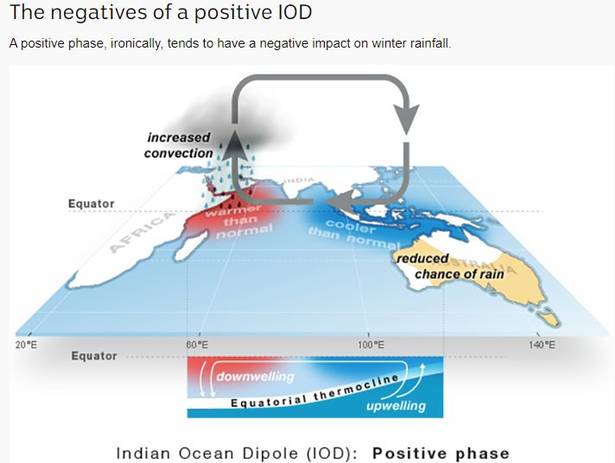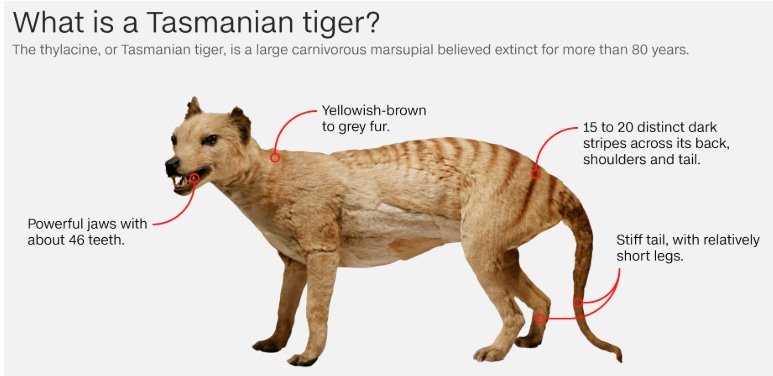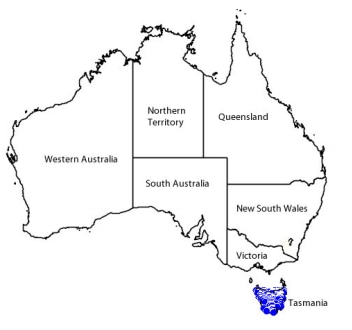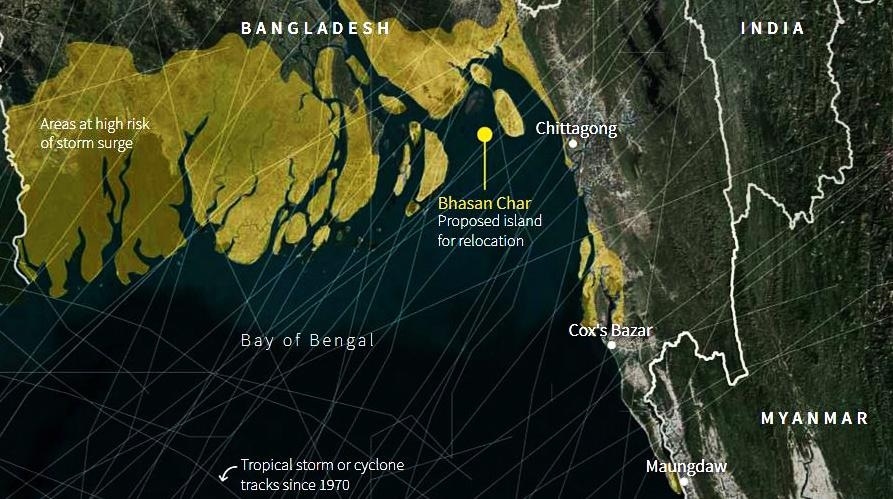International Relations
India-Philippines
Recently, the President of India addressed the India-Philippines Business Conclave and the 4th Association of Southeast Asian Nations (ASEAN)-India Business Summit in Manila, Philippines.
- India is celebrating the 70th anniversary of diplomatic relations with the Philippines in 2019.
- The President of India also unveiled the statue of Mahatma Gandhi at Miriam College in Quezon City.
India-Philippines Business Conclave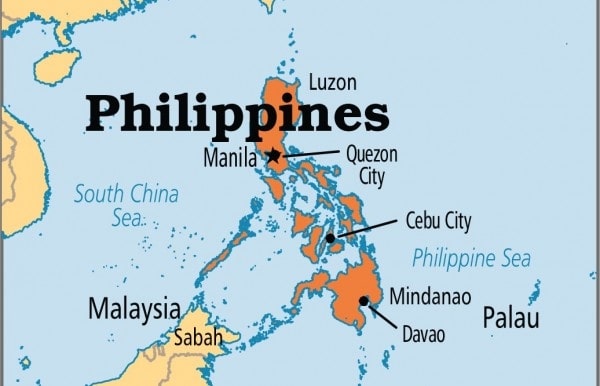
- Both countries aim to integrate India’s “Make in India” with the Philippines’ “Build, Build, Build” infrastructure initiative to create immense opportunities for companies and investors on both sides.
- The bilateral trade between the two countries has shown continuous progress, though the IT-BPO segment has remained an important sector in overall trade.
- The India-Philippines trade has risen to nearly $2.5 billion, also the presence of Indian companies in the Philippines is rising.
- In recent years, India-Philippines have seen two-way investment growth in infrastructure and energy sectors.
- The Indian investment in the Philippines has grown especially in concrete projects like LNG pipelines, waste management solutions and airport terminals
- Both the countries also agreed to sign a Tourism Promotion Agreement to bring the people of the two countries further closer.
- There is scope to enhance partnership in several areas - from trade, investment, services, agriculture, engineering to new technologies like digital devices, Artificial Intelligence etc.
- The Indian pharma and healthcare sectors offer immense value to the Philippines.
4th ASEAN-India Business Summit
- ASEAN- India Business Summit aims to upgrade economic and business relations between each and every ASEAN country and India.
- ASEAN-India relations are to be of utmost importance as India’s “Act East” policy puts the region at the centre of its engagement with the Indo-Pacific.
- Though ASEAN-India trade has increased significantly in the past few years, both parties aimed to reach the target of US$ 200 billion by 2022.
Timeline of India-Philippines Relation
- India and the Philippines formally established diplomatic relations in 1949, shortly after both countries gained independence. (Philippines in 1946 and India in 1947).
- Despite historical shared values and commonalities, such as anticolonialism, South-South cooperation, a strong democratic polity and the wide use of the English language, the full potential of the relationship between the two countries is yet to be achieved.
- When India launched Look East Policy and intensified partnership with ASEAN in 1992, it also resulted in intensified relations with the Philippines both bilaterally and in the regional context.
- With the Act East Policy (2014), the relationship with the Philippines has diversified further into political-security; trade and industry, etc.
- India has a positive trade balance with the Philippines (more Export from India compared to Import from the Philippines to India).
- The Indian community in the Philippines has become an integral part of the population.
- The Philippines is also beginning to emerge as a destination for Indian students.
Biodiversity & Environment
Pobitora Wildlife Sanctuary
Recently, due to the anthrax, two Asiatic Water Buffaloes died in the Pobitora Wildlife Sanctuary.
Asiatic Water Buffalo
- The Asiatic Wild Water Buffalo is scientifically known as Bubalus Arnee is known to be found in the Central Indian Forests and is mostly restricted to the states of Assam, Arunachal Pradesh and Madhya Pradesh.
- Recently, it was found in the forests of Maharashtra after which the Maharashtra Government declared the Kolamarka forest area as a conservation reserve for the Asiatic Wild Buffalo.
- Asiatic buffalo has the widest horn span among all bovids found globally.
- The wild buffalo is mainly found in the alluvial grasslands, marshes, swamps and river valleys. They are generally found in areas that have plenty of water holes and resources.
- The Asiatic wild buffaloes are of enormous economic significance as they are the direct ancestors of all the breeds of the domestic buffaloes.
- However, over time their population has decreased at an alarming rate because of various reasons such as poaching, loss of habitat and breeding with domestic buffaloes.
- Protection Status:
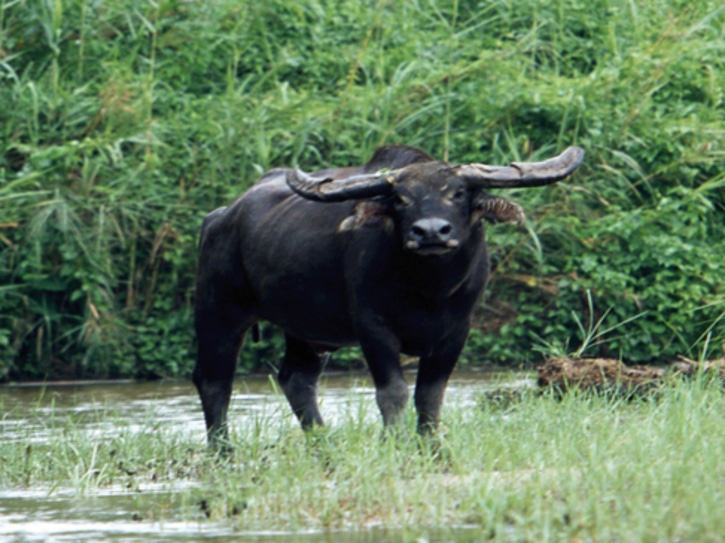
- It has been listed as an endangered species by the International Union for Conservation of Nature (IUCN).
- It is listed under Schedule-1 of the Wild Life (Protection) Act, 1972.
- It is included in CITES Appendix-III and is legally protected in Bhutan, India, Nepal, and Thailand.
- Wild Water Buffalo is believed to be extinct in Bangladesh, Peninsular Malaysia, and on the islands of Sumatra, Java, and Borneo.
Pobitora Wildlife Sanctuary
- Pobitora Wildlife Sanctuary has the highest density of one-horned rhinos in the world and second highest concentration in Assam after Kaziranga National Park.
- It is often called ‘Mini Kaziranga’ due to similar landscape and vegetation.
- The wildlife sanctuary is home to endangered one-horned rhinoceros and the other mammals such as Leopard, Leopard cat, Fishing cat, Jungle cat, Feral Buffalo, Wild pigs, Chinese pangolins, etc.
- About 72% of Pobitora Sanctuary consists of wet savannah of Arundo donax and Saccharum. The remaining area is covered by water bodies.
- Water hyacinth (an invasive aquatic plant) is a major problem to the area especially to waterfowl, as it forms thick mats on the water surface.
- There are 5 national parks in Assam namely,
- Dibru-Saikhowa National Park,
- Kaziranga National Park,
- Manas National Park,
- Nameri National Park,
- Rajiv Gandhi Orang National Park.
Anthrax
- It is a serious infectious disease that is caused by a bacteria known as Bacillus anthracis.
- Although it is rare but it can sometimes become fatal for humans if they get infected with anthrax when they come in contact with infected animals or contaminated animal products.
- It is characterized by symptoms like blisters on the skin, chest pain, vomiting, diarrhea, and fever.
Indian History
76th Anniversary of Azad Hind Government
The 76th anniversary of the formation of the Azad Hind Government will be celebrated on 21st October, 2019, at the Red Fort, Delhi.
- Last year on 21st October 2018, the Prime Minister of India hoisted the National Flag at the Red Fort and also unveiled the plaque commemorating the 75th Anniversary of the formation of Azad Hind Government.
Azad Hind Government
- On 21st October 1943, Subhash Chandra Bose announced the formation of the Provisional Government of Azad Hind (Free India) in Singapore, with himself as the Head of State, Prime Minister and Minister of War.
- The Provisional Government not only enabled Bose to negotiate with the Japanese on an equal footing but also facilitated the mobilisation of Indians in East Asia to join and support the Indian National Army (INA).
- The struggle for independence was carried on by Subhash Chandra Bose from abroad. He found the outbreak of the Second World War to be a convenient opportunity to strike a blow for the freedom of India.
- Bose had been put under house arrest in 1940 but he managed to escape to Berlin on March 28, 1941. The Indian community there acclaimed him as the leader (Netaji). He was greeted with ‘Jai Hind’ (Salute to the motherland).
- In 1942, the Indian Independence League was formed and a decision was taken to form the Indian National Army (INA) for the liberation of India.
- On an invitation from Ras Bihari Bose, Subhash Chandra Bose came to East Asia on June 13, 1943. He was made president of the Indian Independence League and the leader of the INA popularly called ‘Azad Hind Fauj’.
- He gave the famous battle cry ‘Chalo Dilli’. He promised independence to Indians saying, ‘tum mujhe khoon do, main tumhe Azadi dunga’ (You give me blood, I will give you freedom).
Geography
Indian Ocean Dipole and the South-West Monsoon
According to the Australian Bureau of Meteorology, the delayed withdrawal of South-west monsoon in India has had a cascading impact on the summer monsoon for Australia.
- This exemplifies how a particular climatic phenomenon, geographically affects national and international aspirations.
Background
- The fundamental driver of monsoon systems on Earth is the solar heating of the land.
- During the summer season (in India), this heating of land helps to establish a land-sea temperature difference.
- Land heats up faster than water that causes the air to expand thus lowering the atmospheric pressure of the land. This pressure difference begins the wind movement from the seas towards the land (wind flows from a high-pressure area to a lower-pressure area).
- The moisture then falls on the Earth as rain through the process of convection as the monsoonal rains over the regions mainly India and South-East Asia.
- When there is a change in season (i.e, winters in Northern Hemisphere), the sun moves towards the Tropic of Capricorn where the sun's rays begin to overhead the Southern Hemisphere heating the adjacent ocean more than the Asian land.
- As a consequence of this change in the sun’s position, the winds reverse, and the monsoonal rainfall moves to the opposite hemisphere during the Austral summer (i.e, summer in the Southern Hemisphere, time period: December-February).
- The phenomenon of normal monsoonal wind flow is affected by the presence of positive phase of Indian Ocean Dipole (IOD), which this year drove the Indian monsoon to a peak.
- Because of the positive phase of IOD, the 2019 monsoon in India started its withdrawal on October 9, against the normal date of September 1, and is the most delayed in recorded history.
Indian Ocean Dipole (IOD)
- The positive IOD refers to the warmer western basin of the Indian Ocean as compared to the Eastern basin.
- This year (2019), over the past month, strong easterly trade winds across the tropical Indian Ocean have aided the upwelling of cooler water in the eastern Indian Ocean (closer to Australia).
- At the same time, warm waters off the Horn of Africa (West Indian Ocean) have caused an even greater temperature across the basin.
- Impact of IOD on Australia
- The impact of a delayed monsoon may have implications for Australian summer crops with the decline in planted area (approx. fall of 28%) in 2019–20.
- Typically, a positive IOD brings below-average winter-spring rainfall to southern and central Australia and a more severe fire season for South-East Australia.
- In the tropical Pacific Ocean, the El-Nino Southern Oscillation (ENSO) remains neutral.
- When ENSO is neutral, it has little effect on Australian and global climate, meaning other influences are more likely to dominate.
Important Facts For Prelims
Tasmanian Tiger
Tasmania's Department of Primary Industries, Parks, Water and Environment (DPIPWE) has recently released a document detailing eight reported sightings of the Tasmanian tiger, or thylacine, in the last three years.
- The Tasmanian tiger, or thylacine (a dog headed pouched dog) was an exclusively carnivorous marsupial that is considered to be extinct (also the IUCN status).
- Marsupial is a mammal of an order whose members are born incompletely developed and are typically carried and suckled in a pouch on the mother's belly. Marsupials are found chiefly in Australia and New Guinea, and also in America.
- Thylacine was widespread over continental Australia, extending North to New Guinea and south to Tasmania (an Island state of Australia).
- It was confined to Tasmania in recent times and disappeared from mainland Australia over 2000 years ago, mainly because of over-hunting by humans, diseases and competition from the Dingo (Canis lupus), a wild dog native to Australia.
- The Thylacine was also persecuted because it was believed to be a threat to sheep and in its latter years it was hunted for the purposes of collection by museums and zoos.
- The last known thylacine died in captivity over 80 years ago, in Tasmania’s Hobart Zoo in 1936.
- It is also known as the Tasmanian Wolf and bears some resemblance to a dog, with its distinguishing features being the dark stripes beginning at the rear of its body and extending into its stiff tail and abdominal pouch.
Important Facts For Prelims
Petta Thullal
The chemical-based colours used during the Petta Thullal ritual are proposed to be banned by the Kerala State Pollution Board recently.
- The presence of hazardous metals, including lead, arsenic and cadmium in the colours used during the ritual, causes skin troubles as well as pollution of water and soil.
- The usage of an organic vermilion has been suggested to minimize the environmental impact
- Vermilion is a red colour pigment, originally made from the powdered mineral cinnabar.
- Petta Thullal is the ritualistic sacred dance to celebrate the victory of good over evil in the legend of Lord Ayyappa.
- It also denotes the beginning of the last leg of the annual Sabarimala pilgrimage season in Kerala.
Important Facts For Prelims
Bhashan Char Island
The Rohingya refugees living in Bangladesh camps have agreed to move to Bhashan Char Island in the Bay of Bengal.
- The island is also known as Thengar Char Island.
- Bhashan Char island was formed about two decades ago on the mouth of river Meghna.
- The uninhabited island is located around 30 kilometres east of Hatiya island in South-East Bangladesh.
- Bangladesh wanted to move 100,000 Rohingya refugees to the muddy silt island to take the pressure off the overcrowded border camps.
- The Bhashan Char falls in an ecologically fragile area prone to floods, erosion and cyclone.
- Though the Bangladesh government has built a three-metre-high embankment along its perimeter to keep out tidal surges during cyclones.
Important Facts For Prelims
Liver Transplant Registry
India’s first voluntary liver transplant registry has been started by the Liver Transplantation Society of India.
- The registry aims to collate national data of the procedures and their outcomes.
- Nearly 2,000 liver transplants are carried out in the country annually, the highest in the world, yet there is no India-specific data.
- In the Western countries, organ transplants are highly regulated and permissions are given to hospitals and doctors based on the outcomes, rate of mortality, morbidity, etc.
- India has a 90% survival rate in liver transplants, but it may vary from hospital to hospital and doctor to doctor.

